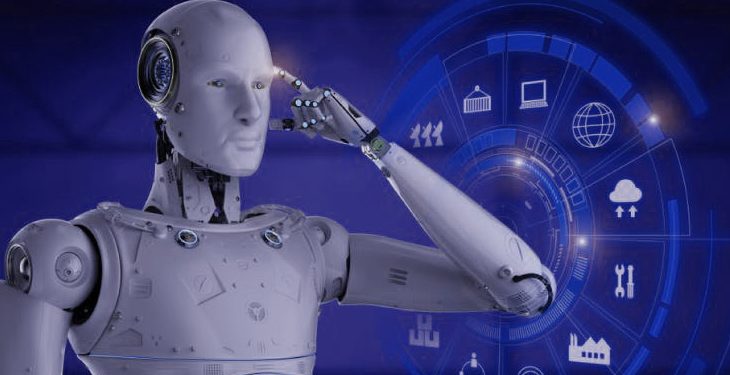Using Artificial Intelligence (AI), researchers have trained a robot to automatically explore a very large number of chemical reactions which could reduce the cost of discovering new molecules for drugs.
The researchers believe that the “self-driving” system, underpinned by Machine Learning (ML) algorithms, could also help discover new chemical products including materials, polymers, and molecules for high tech applications like imaging.
The robot can find new reactions and molecules, allowing a digital-chemical data-driven approach to locating new molecules of interest, rather than being confined to a known database and the normal rules of organic synthesis, according to a study published in the journal Nature.
“This approach is a key step in the digitisation of chemistry, and will allow real time searching of chemical space leading to new discoveries of drugs, interesting molecules with valuable applications, and cutting cost, time, and crucially improving safety, reducing waste, and helping chemistry enter a new digital era,” said lead researcher Leroy (Lee) Cronin, Professor at University of Glasgow in Britain.
The team demonstrated the system’s potential by searching around 1,000 reactions using combinations of 18 different starting chemicals.
After exploring only around 100, or 10 per cent, of the possible reactions, the robot was able to predict with over 80 per cent accuracy which combinations of starting chemicals should be explored to create new reactions and molecules, the study said.
By exploring these reactions, they discovered a range of previously unknown new molecules and reactions, with one of the reactions classed to within the top one per cent of the most unique reactions known, the study said. IANS






































